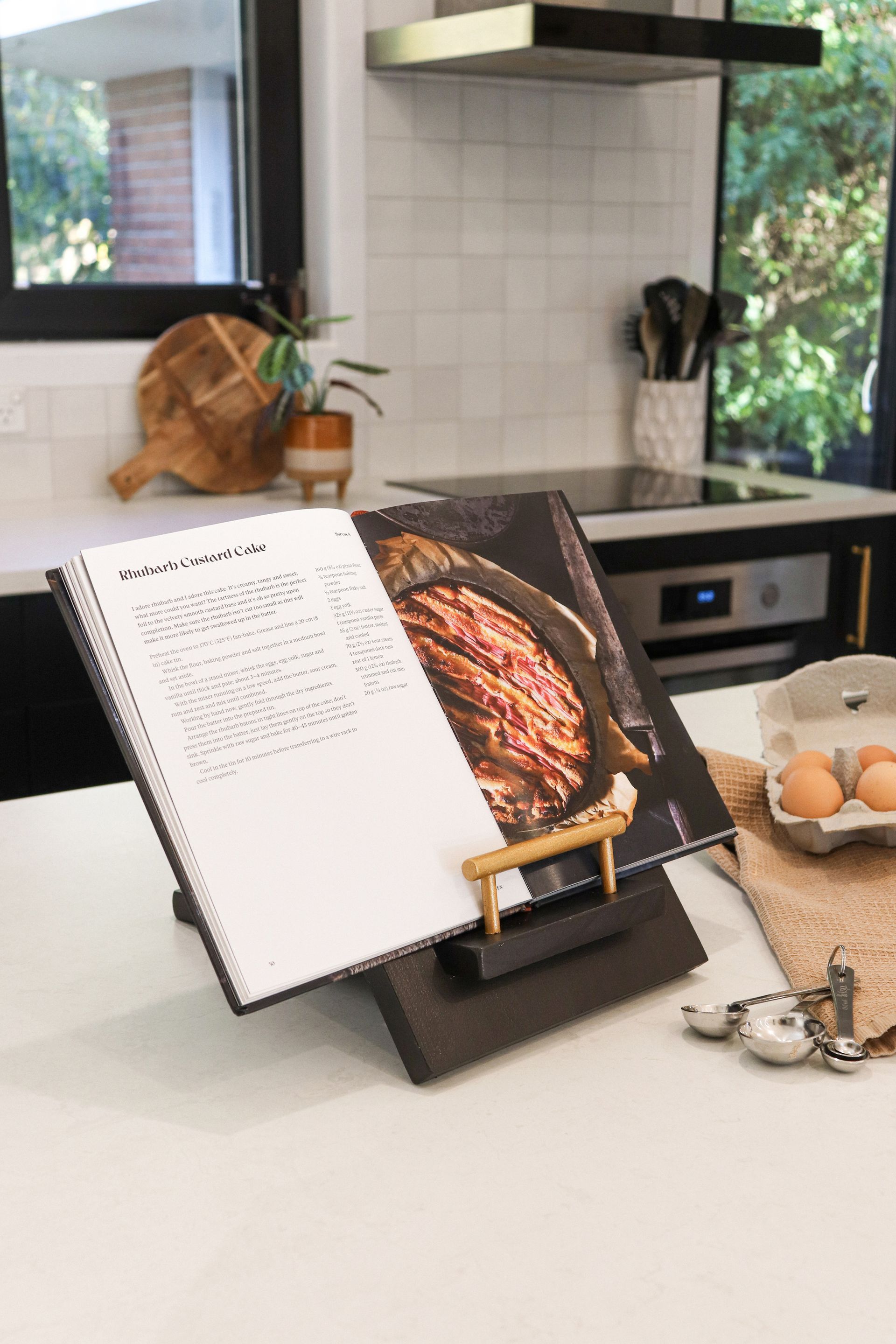What can New Zealand farmers learn from Academy award-winner Matthew McConaughey? That ‘nature as a service’ is a billion-dollar industry that both parties can cash in on. We uncover the perfect fit between the aspirations of higher-value, sustainable tourism and the opportunity for Canterbury farmers to leverage agritourism to tell their stories better.
Imagine scanning the side of your glamping tent’s QR code to stargaze with a campfire story narrated by none other than Matthew McConaughey! The Hollywood star has collaborated with Homecamp tents to provide this reality as one of his many ventures to get Australian tourists to embrace nature.
He has also teamed up with start-up Unyoked, whose rural tiny cabins on rented land in the Aussie wilderness invite stressed city workers to unplug and unwind away from it all, and they are calling for Kiwi landowners to jump onboard the global trend.
It sparks my imagination around how New Zealand farmers can use ideas like this to provide an immersive experience in nature with storytelling as our international consumers return.
Wanting to escape to nature with their families themselves, Canopy Camping Escapes’ Sonia Minnaar and Liz Henderson have curated a collection of special places off the beaten track – from beautiful tents surrounded by nature to quirky cabins with packets of personality such as Henry and Megan McElrea’s hidden gems on the Washpen Falls’ sheep, beef and deer farm near Windwhistle. ‘We really enjoy showcasing this unique, often undiscovered part of New Zealand which is isolated yet so close to Christchurch. Our guests can escape, rejuvenate and reconnect with nature off the beaten track among the most incredible back country rivers, lakes and mountains,’ explains Megan.
Henry and Megan McElrea farm at Washpen Falls, near Windwhistle and relish showing their unique part of New Zealand with guests.
Photos Brook Sabin.
A stay at their Black Billy Hut provides an immersion into nature. Begin (or end the day) with a deep and luxurious wood-fired bath, enjoy a morning coffee on the deck listening to the extraordinary birdsong, relax over lunch on the outdoor bar leaner, before soaking in the night sky.
Photos Brook Sabin.
Tourism Industry Aotearoa has developed a sustainable growth framework that aims to see every New Zealand tourism business committed to sustainability by 2025. With a pre-pandemic direct contribution to GDP of $16.4 billion from tourism (Stats NZ, 2020), many Canterbury farmers are diversifying their business across both tourism and farming to leverage our two biggest industries.
For Banks Peninsula farmers Hamish and Annabel Craw, their 1886 farmhouse nestled in the heart of their sixth-generation sheep and cattle farm allows them to connect their biodiversity story as guests learn about their coastal restoration project. ‘It’s been very rewarding as it is an aspect of the business which provides us with direct interaction with our customers. Guests have huge admiration for the intergenerational connection our family has to the land. It’s provided us with a platform to share how we are evolving our farming practices to embrace the future and special projects we are working on that resonate with guests such as our native restoration projects,’ explains Annabel.
It’s not only an economic lifeline for rural communities that benefit from agritourism but a business strategy for the landowner to provide connection to how New Zealand lamb, beef, wool, honey and crops are produced in an ethical and environmentally sustainable way turning tourists into long-term customers. ‘Accommodation for us was a great diversification from farming and a way to use the commercially unviable farming land on the property,’ explains Megan.
ANZ in conjunction with Ministry for Primary Industries released a report in 2018 that explained the way we farm our food and craft our produce is an equally important part of New Zealand’s food and beverage story. The World Food Travel Association’s survey showed 83 per cent of travellers agreed that seeing food, beverages or restaurants at home reminded them of trips they had previously taken. The report states: ‘Tourists come to New Zealand for a range of reasons. But the majority come for our natural environment. Yet when they leave they do so with impressions of the entire New Zealand experience, including food and beverage.’
A quiet row on the old hydro plant pond at Washpen Falls.
Photos Dan Kerins.
Agritourism
provides an outlet for farmers
to tell their stories, and for
guests to connect with their
surrounds. Pictured here is
The Chalet at Washpen Falls.
Photos Dan Kerins.
The Chalet at Washpen Falls.
Photos Dan Kerins.
Agritourism New Zealand Director Marijke Dunselman has been working with farmers on a six-month programme to help develop and grow their agritourism business and is hosting the inaugural Agritourism New Zealand Conference in April 2023. For budding rural entrepreneurs there is a guide to successful agritourism operation on their website, produced in conjunction with Beef + Lamb, MPI and Environment Canterbury through the Post Quake Farming Project.
For Annabel it is all about the story: ‘When entering agritourism it is valuable to invest time identifying your unique story, how you wish to position yourself to guests, the experience you want to offer and how you then link this with the resources available on the property.’
Agritourism as a business strategy for farmers sounds as good as what nature on demand is to cortisol-deprived city dwellers!
Recent stories



All Rights Reserved | CountryWide Media








